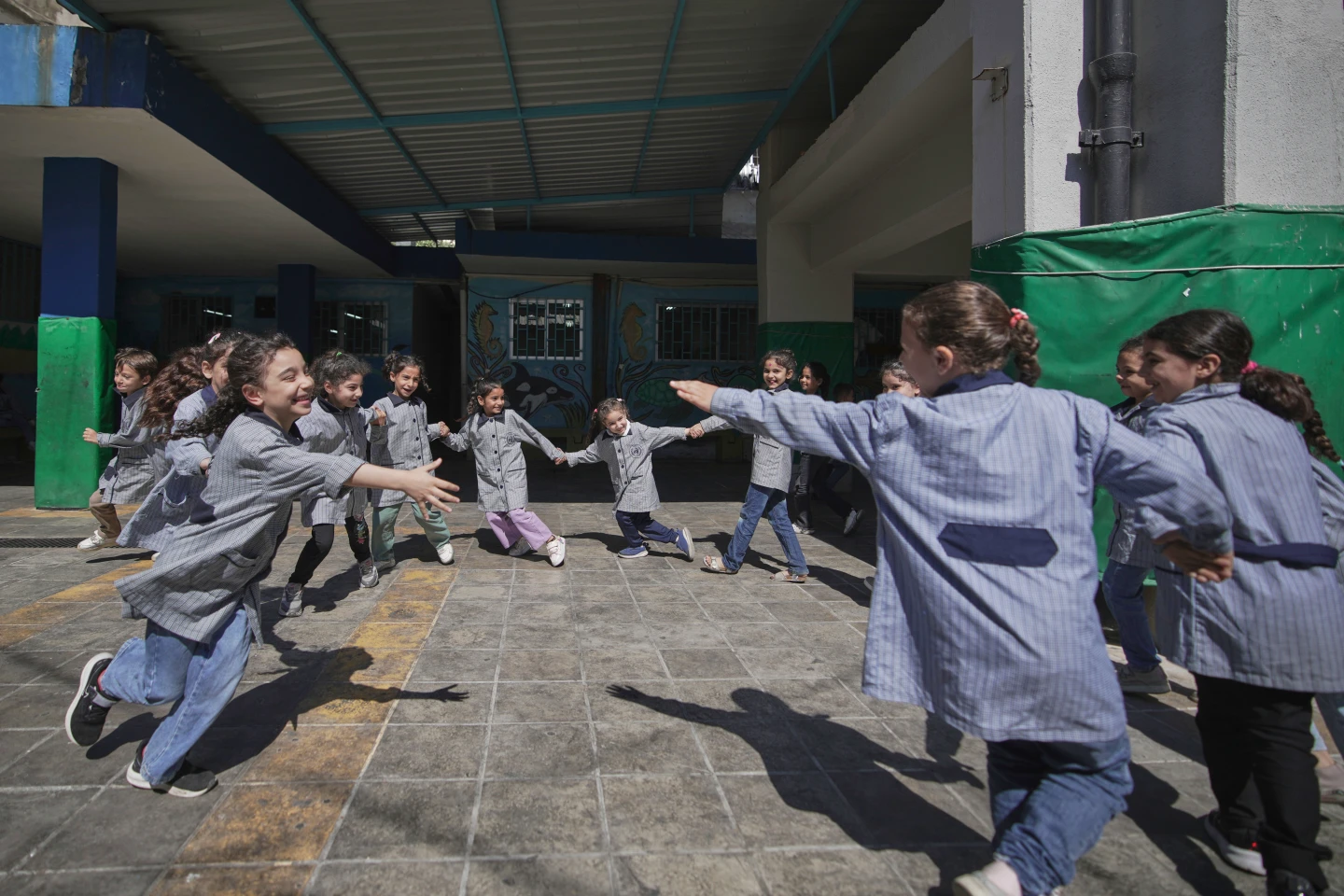As the UN marks its 80th anniversary this month, its humanitarian agencies are facing one of the greatest crises in their history: The biggest funder — the United States — under the Trump administration and other Western donors have slashed international aid spending. Some want to use the money to build up national defence.
Some UN agencies are increasingly pointing fingers at one another as they battle over a shrinking pool of funding, said a diplomat from a top donor country who spoke on condition of anonymity to comment freely about the funding crisis faced by some UN agencies, analyses AP.
Such pressures, humanitarian groups say, diminish the pivotal role of the UN and its partners in efforts to save millions of lives — by providing tents, food and water to people fleeing unrest in places like Myanmar, Sudan, Syria and Venezuela, or helping stamp out smallpox decades ago.
UN Secretary-General Antonio Guterres has asked the heads of UN agencies to find ways to cut 20% of their staffs, and his office in New York has floated sweeping ideas about reform that could vastly reshape the way the United Nations doles out aid.
Humanitarian workers often face dangers and go where many others do not — to slums to collect data on emerging viruses or drought-stricken areas to deliver water.
The UN says 2024 was the deadliest year for humanitarian personnel on record, mainly due to the war in Gaza. In February, it suspended aid operations in the stronghold of Yemen’s Houthi rebels, who have detained dozens of UN and other aid workers.
Proponents say UN aid operations have helped millions around the world affected by poverty, illness, conflict, hunger and other troubles.
Critics insist many operations have become bloated, replete with bureaucratic perks and a lack of accountability, and are too distant from in-the-field needs. They say postcolonial Western donations have fostered dependency and corruption, which stifles the ability of countries to develop on their own, while often UN-backed aid programs that should be time-specific instead linger for many years with no end in sight.
In the case of the Nobel Peace Prize-winning World Food Programme and the UN’s refugee and migration agencies, the US has represented at least 40% of their total budgets, and Trump administration cuts to roughly $60 billion in US foreign assistance have hit hard. Each UN agency has been cutting thousands of jobs and revising aid spending.
With the UN Security Council’s divisions over wars in Ukraine and the Middle East hindering its ability to prevent or end conflict in recent years, humanitarian efforts to vaccinate children against polio or shelter and feed refugees have been a bright spot of UN activity.
Aside from the cuts and dangers faced by humanitarian workers, political conflict has at times overshadowed or impeded their work.
UNRWA, the aid agency for Palestinian refugees, has delivered an array of services to millions — food, education, jobs and much more — in Lebanon, Syria and Jordan as well as in the West Bank and Gaza since its founding in 1948.
Israel claims the agency’s schools fan antisemitic and anti-Israel sentiment, which the agency denies. Israel says Hamas siphons off UN aid in Gaza to profit from it, while UN officials insist most aid gets delivered directly to the needy.
Especially when it comes to food and hunger, needs worldwide are growing even as funding to address them shrinks. “This year, we have estimated around 343 million acutely food insecure people,” said Carl Skau, WFP deputy executive director. “It’s a threefold increase if we compare four years ago. And this year, our funding is dropping 40%. So obviously that’s an equation that doesn’t come together easily.”
Billing itself as the world’s largest humanitarian organization, WFP has announced plans to cut about a quarter of its 22,000 staff.
One question is how the United Nations remains relevant as an aid provider when global cooperation is on the outs, and national self-interest and self-defence are on the upswing.

The United Nations is not alone: Many of its aid partners are feeling the pinch. Groups like GAVI, which tries to ensure fair distribution of vaccines around the world, and the Global Fund, which spends billions each year to help battle HIV, tuberculosis and malaria, have been hit by Trump administration cuts to the US Agency for International Development.
Some private-sector, government-backed groups also are cropping up, including the divisive Gaza Humanitarian Foundation, which has been providing some food to Palestinians. But violence has erupted as crowds try to reach the distribution sites.
No private-sector donor or well-heeled country — China and oil-rich Gulf states are often mentioned by aid groups — have filled the significant gaps from shrinking US and other Western spending.
The future of UN aid, experts say, will rest where it belongs — with the world body’s 193 member countries.
“We need to take that debate back into our countries, into our capitals, because it is there that you either empower the UN to act and succeed — or you paralyze it,” said Achim Steiner, administrator of the UN Development Program.


